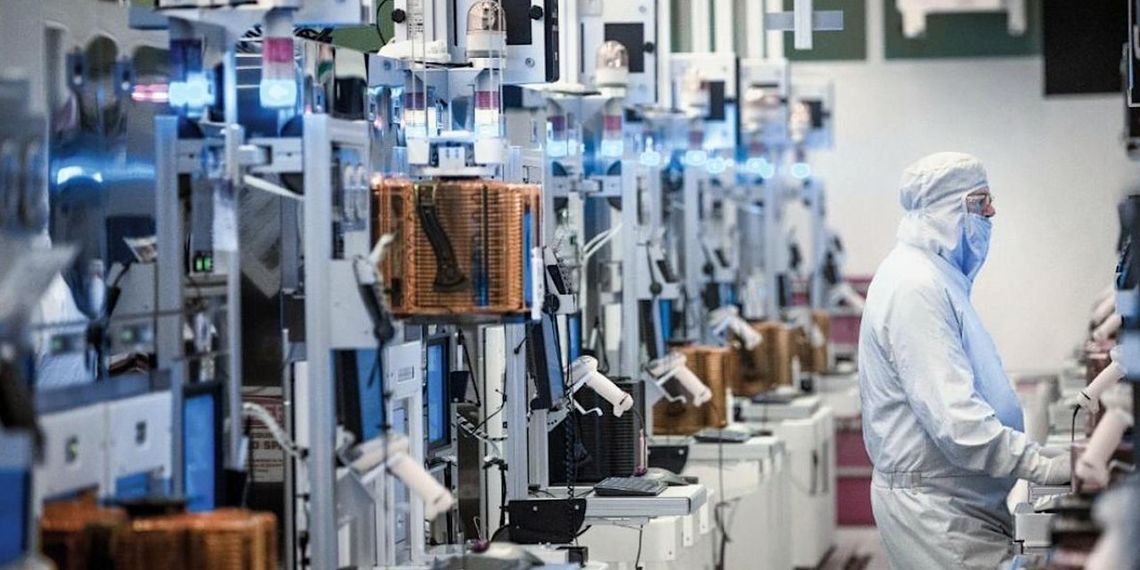Intel Plans a Megafactory in the U.S.; Expands Existing Facilities
Intel is planning to build a new factory in the US and is expanding the Oregon facility. Is the capacity expansion an answer to the chip crisis and the popularity of AMD processors?

- Intel plans to build a megafactory in the US, it could cost up to $100 billion;
- The expansion of the Oregon facility is underway, the first machine has arrived.
Intel is giving up on nanometers and preparing to develop more manufacturing technologies. It is expanding one of its US factories and plans to build a new facility. This is part of the IDM 2.0 strategy announced in March. A significant increase in production capacity is likely to address the global shortage of microchips and the popularity of AMD processors (including Ryzen 5600X). The new hub equipped with the latest manufacturing techniques is expected to allow for achiving further degrees of chip miniaturization.
Intel's megafactory is to be built in the U.S. and according to some estimates it may cost up to $100 billion. One production line of semiconductors is a cost between 10 and 15 billion dollars. The new factory is to contain 6 or 8 such lines. The facility is to be powered by a dedicated power plant, create 10,000 jobs directly, which in turn should create another 100,000 jobs. According to Pat Gelsinger, an Intel executive in an interview with the Washington Post:
"So, essentially, we want to build a little city."
Unfortunately, construction could take as long as three years, which is the proverbial fly in the ointment that is this message. We may see the impact of the Hillsboro (Oregon) facility expansion sooner. The first machines are now arriving on site, such as the 10-tonne thin film deposition machine. At least a dozen of these machines are expected to be delivered in the future. The factory's expansion (called "Mod3") is expected to cost 3 billion dollars.

As you can see, Intel is now betting on manufacturing in the US. Gelsinger argues the change in location this way:
"(...) if we were sitting here in 1990, the U.S. would be building 37 percent of the world's semiconductors. Europe would be building 44 percent and Asia the remainder. Well, now it's 12 percent in the U.S., 9 percent in Europe, and almost 80 percent in Asia. We've become too concentrated, and the world was focused on cost of supply chain as opposed to resilience of supply chain."
Whereupon he adds:
"We are going to build back on U.S. and European soil so that we have a more globally balanced supply chain."
It seems that China, at least for a while, is no longer seen as an ideal place to locate all the production. The pandemic has changed the reasoning of companies in planning supply chain strategies. Diversifying locations makes them more resilient to a variety of events, both local and global.
- Unreal Engine 5.2 Will Finally Solve a Huge Problem of Current Games
- Frustrated Dev Accused Intel of Selling „Defective” Raptor Lake Processors and Started Using AMD Hardware
- World’s Most Powerful Quantum Computer Can’t Run Classic Doom
- Tokyo Xtreme Racer (TXR) - console (PS5, PS4, Switch) release explained
- How to get inZOI Creative Studio key. Don't miss this early access